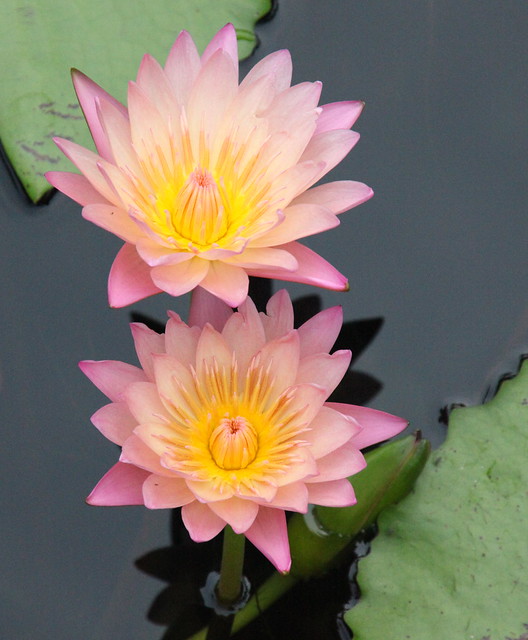Are you aware that ISO speeds of different levels each have their very own pros and cons? If you do not know it already, there’s no perfect ISO rating for whatever situation you may be in.
Nonetheless, when you know which level of ISO speed to use for the situation you’re in, you can optimize your camera so that it gives you the very best possible results. ISO speed levels can be divided into three categories: low, medium and fast ratings.
The following discusses the advantages and disadvantages of the different ISO speeds.
Low ISO Ratings (ISO 50-200)
The Advantages
When you use low ISO speeds, the quality of the photographs that your camera’s sensor gives you the best. Both tonal reproduction and colors will be of very high quality. Despite all that, the amount of noise produced will be minimal. It will also help blur moving objects.
Landscape photographs are great examples of a photography genre that best suits low ISO speeds.

“Hornet” captured at ISO 100 by PictureSocial member David Wollum
The Disadvantages
A well-known disadvantage to low ISO speeds is camera shake while hand-holding the camera. When you use low this and shoot photographs in anything other than than bright conditions, you will realize that the shutter speed is slow.
When the shutter speed is slower, it will blur out moving subjects of your photographs. This may not be the photography effect you want. Also, when you use wider apertures in attempt to allow more light to enter, the depth-of-field may be limited.
Medium ISO Ratings (ISO 250-400)
The Advantages
The quality of the image produced with Medium ISO ratings is very similar to low ISO ratings. The great benefit here is that you have access to faster shutter speeds as well as smaller apertures.
Mid-ISO ratings are versatile ratings. In other words, it’s the best option to go for when it comes to general photography. Medium ISO ratings are also very good choices for beginner photographers.
The Disadvantages
The disadvantage to using a medium ISO rating is that the colors may appear less accurate—or perhaps saturated.
Fast ISO Ratings (ISO 500 Upwards)
The Advantages
With fast ISO ratings, you get to handhold your DSLR in low light. When your shutter speed is fast enough, you can freeze subjects that are moving under low light.
Photographers often use extremely high ISO speeds to add grain; this is in fact a common trick used to add mood. This technique works great when converting images to black and white.
Fast shutter speeds best suit photographers who want to use shutter speeds that are fast enough to avoid camera shake. Fast shutter speeds are normally utilized when photographing sports, since photographers need to freeze their subjects’ actions.

“Canon ISO 6400 test” captured by Steve Jurvetson
The Disadvantages
Fast ISO ratings definitely produce lower quality images. The faster the speed, the lower the quality produced. Other than that, the amount of noise increases. Also be prepared to see less realistic colors and a loss in overall sharpness.
About the Author:
This article was written by Michelle Lee Fui Jinn from TipsforPhotographers. It takes time to practice and improve your photography skills.
Like This Article?
Don't Miss The Next One!
Join over 100,000 photographers of all experience levels who receive our free photography tips and articles to stay current:






I like the way you have explained. What makes high iso images grainy.
Could you elaporate on BASE ISO in connection with Qualty ?
to my knowledge is the Canon and Sony cameras Sensor tuned for BASE ISO 100. Yet the setting goes from Low ISO 50.
What would be the digital advantage of this, 1/4 * light should just be possible in the post process ?
Thanks for a great blog post
Guldmann
You forgot to mention an advantage of low ISO, it enables the use of flash in daylight. With typical flash sync speeds of 1/200s you would need F16 with ISO200, but you may use F11 with ISO100 and F8 with ISO50.